I. Internet of Things RFID technology The Internet of Things (IOT) refers to a network that connects objects through sensing devices and communication means, including the interconnection between objects and objects, as well as the interconnection between people and things. The Internet of Things is the latest product of the application of information and communication technology. It can realize intelligent real-time management and control. It has become the key point and commanding height of the international new round of information technology competition. According to the US authoritative consultancy FORRESTER, by 2020, the world's Internet of Things will reach 30:1 compared with the business of people-to-person communication. Therefore, the "Internet of Things" is called the next trillion-level communication business, and will become the third wave of the world information industry after computers and the Internet. The development of China's Internet of Things technologies and standards is basically in sync with the international. The National Medium- and Long-Term Science and Technology Development Plan (2006-2020) is included in the sensor network at the three major levels of priority, priority theme and cutting-edge technology. The National Science and Technology Major Project also places wireless sensor networks as one of the main directions, and supports a number of key technical areas and important application areas. Through the information sensing devices such as RFID technology, infrared sensors, global positioning systems or laser scanners, the Internet of Things connects any object to the Internet according to the agreed protocol, and exchanges information and communication to realize intelligent identification of objects. A network that locates, tracks, monitors, and manages. The key to IoT technology lies in the data collection process, in which RFID technology is the mainstream application form of the current Internet of Things. The RFID system uses the radio frequency signal to realize the contactless information transmission through spatial coupling (alternating magnetic field or electromagnetic field), and achieves the identification purpose through the transmitted information. RFID systems typically consist of three parts: a tag, a reader, and a data management system (Figure 1). The tag includes an antenna, a chip, a modulator, an encoder, and a storage unit; the reader is composed of an antenna, a radio frequency transceiver module, and a control unit; the control module usually includes an amplifier, a decoding and error correction circuit, a microprocessor, and a clock circuit. , standard interfaces and power circuits. RFID technology has the advantages of wireless data exchange, data reading and writing without contact, label miniaturization and diversification, environmental resistance, reusability, penetration, large data storage capacity, security, and easy data management and analysis. Currently, it is typically used in transportation, smart grid, telecom operations, modern logistics, manufacturing (real-time monitoring, quality tracking), product anti-counterfeiting, environmental monitoring, food and drug supervision, and collection management. Figure 1 RFID system composition and working principle diagram Second, the status quo and needs With the implementation of manufacturing information engineering, the company has upgraded from the initial MIS and CAx to MRPII/ERP, PDM/PLM and other systems. These systems basically cover the process of product design, process design and operation management, and satisfy the enterprise. Most of the demand. Enterprises have also benefited from implementation applications such as “甩图, 甩 drawings, 甩本本†and “digital prototypeâ€. However, the integration of manufacturing process automation and ERP (Enterprise Resource Planning) is not enough. The application depth of production process control and quality control is not enough. The information collection, processing, analysis and display of the manufacturing process need to be further refined. for: (1) Data sharing and system integration: The collaborative work of each workshop and the data of each business department cannot be shared, and it is impossible to ensure that the internal data of the enterprise is consistent and accurate, and still requires a large number of manual repeated entries. (2) Production data collection: The workshop management needs to collect the production process information on-site, and timely grasp the operator, machine tool equipment, processing materials, rated working hours and station data corresponding to each work order to realize the tracking of the production process. . (3) Tracking of production process: It is necessary to track the running status, processing time, quality inspection and installation status of equipment in key parts (such as middle wall panel, roller, spindle, etc.) in real time. (4) Quality analysis and traceability: quality statistical analysis based on data collection, real-time understanding of quality inspection information in the production process, tracking of blank batches used in a batch of parts, batches of parts in sub-assemblies, and each part The production process of a specific batch identifies the main factors that affect the quality of the process. Since the existing information system of the enterprise does not cover the forefront of manufacturing, the global data of the manufacturing process cannot be obtained for analysis by decision makers, resulting in the lack of production synchronization in the supply chain; the lack of statistics to evaluate production performance and production tracking. Data; resource planning cannot be dynamically adjusted in time. These problems often lead to phenomena such as excessive manufacturing, waste of inventory, excessive defective products, long waiting times, low processing time, and a large number of redundant moving operations on the production line. To this end, enterprises urgently need to use the Internet of Things technology to meet the needs of production tracking and traceability, and further improve the information precision of discrete manufacturing enterprises. Third, the overall system objectives and structure The quality traceability system based on the Internet of Things technology is built on the UniMax MES (Manufacturing Execution System) platform of the enterprise manufacturing execution system. The RFID technology is used to realize the data collection in the production process, solve the quality control problems in the production process, and optimize the lean management ideas. Process flow to form a complete product tracking and quality traceability system. The overall implementation goals of the system are shown in Table 1. Table 1 System overall implementation goals The overall architecture of the system includes three business modules such as “production planâ€, “production execution†and “quality management†and interface management module, as shown in Figure 2. Figure 2 overall system architecture In the system hardware platform deployment, fully consider the system architecture availability, data security and extended compatibility, and adopt system cluster technology to achieve high system stability through load balancing and dual-system hot backup (one master, one backup, and two-machine automatic switching). run. At the shop floor, a variety of data acquisition terminals, such as handheld RF, industrial computer terminals, RFID and other control methods, as well as LED large-screen display kanban, are used to comprehensively control the workshop. The system integrates seamlessly with SAP (Systems, Application and Products in Data Processing)/SFC (Shop Flow Control) system through interface management module and communication protocol, that is, through different types of interfaces. The data is read from the upper management system and used as a reference for workshop production. At the same time, the collected production and equipment data are timely fed back to the upper management system for reference and analysis. Fourth, the main business module function of the system In order to ensure that the production process is under control, the system focuses on the control (analysis, diagnosis and monitoring) of factors directly or indirectly affecting the quality of the process, and develops implementation controls to ensure the quality of the product manufacturing process. This paper takes the wall panel, one of the typical control parts of textile machinery, as an example (Fig. 3), and specifies the business functions and features of the system. Figure 3 Wallboard quality traceability system business process Production planning module The production plan at the shop floor is derived from the production plan generated by the external system (SAP/SFC) according to the sales order according to the sales order. The production plan mainly refers to the "Monthly Production Progress Requirements" and "Monthly Missing Parts List" issued in the SFC system, combined with the "Monthly Product Equilibrium Assembly Plan" generated by the SAP system to determine the main plan of the workshop production, and then discharge the weekly production plan. Finally, determine the production shift, machine tool equipment and operators. The system imports the production work order from the external system through the data interface module, and synchronously adjusts the order of the external system and the withdrawal order information, so as to timely adjust the actual business of the workshop, query or feedback the on-site information in real time. According to the characteristics of the enterprise production plan, the system automatically obtains the main production plan through the database, and then automatically sorts the production plan in the system; or manually imports the Excel production plan by accessing the system web page or according to the basic data already maintained in the system, artificial Prepare a production plan. The production planning module implements the following functions: (1) Coordinating production planning to achieve unified planning, controllability and traceability of production plans; (2) Synchronize with the production plan of the external system (SAP/SFC) host to provide the import function of the production plan; (3) Provide real-time query of production plan and export Excel file function; (4) Provide synchronous update function of production work orders after adjustment and splitting; (5) Quickly query plan adjustment and workshop execution through integration with external systems and information exchange (Figure 4). Figure 4 Production plan adjustment and export function 2. Production execution module The middle wall panel needs to go through six processes. According to its material and processing characteristics, the system uses anti-metal RFID to track (Figure 5). According to the middle wall board process route, 8 RFID data collection points and 1 RFID write point are respectively set. At the starting point of the process of the middle wall panel, the RFID write point is set, and the written content includes the information such as the middle wall board number and the writing time. Figure 5: Wallboard processing and RFID collection point settings In the middle wall panel production process, the system uses wireless fixed RFID equipment to automatically record production and processing information. The specific production tracking process (Fig. 6) is: after the workshop metering room releases the production instruction according to the production plan information and the operator information, the product initialization relationship is performed before the middle wall board line; the operator installs the RFID tag on each wall panel. , then read the RFID information, associated production plan and product number; in the process of wallboard processing, the system automatically scans the RFID tag, records the product number, processing time and operator information; after all the processes are completed, triggers ERP reporting and Generate a quality file of the middle wall panel processing process. Figure 6 Wallboard production tracking process The production execution module has the following characteristics: (1) Diversification of the production process: support the production of the initial work order related products; support the production according to the product type, and work order association during/after the production process. (2) Flexible information entry: support single-station multi-process report; work information is entered in batches. (3) Flexible reporting method: support RFID automatic reporting, and support handheld terminal reporting. (4) Convenient information inquiry: Support real-time information inquiry by personnel, machine, product, time slot, process, etc. (Figure 7). Figure 7 Query information according to the processing process of the middle wall panel 3. Quality Management Module Quality management primarily records, tracks, and analyzes product and process quality data to control product quality and identify issues that need attention during production. The quality management module function is completed in two parts, one part is the data acquisition client, which mainly records the quality data (the inspector reports the quality inspection result through the data collection terminal or the handheld terminal arranged in the workshop when detecting the parts); the other part is The system web page mainly maintains the basic information of the quality data, and does not record the quality data and the quality information query in the client. The quality management module provides maintenance of quality basic data, standardizes the quality data format, and facilitates quality data entry and query. The specific functions are as follows: (1) Data entry: Support the input of inspection results information of each process product, including process processing quantity, machine model, qualified quantity, scrap quantity, operator and inspector. The system automatically counts the information into the quality file of the relevant operator, which facilitates the summary assessment of production quality. (2) Information inquiry: Enter the name, job number, batch number, time period, model number, inspection item and processing method, etc. through the user interface to query the processing quantity, qualified quantity, scrap quantity, repair quantity and other data. Managers analyze decisions. (3) Quality traceability: By scanning the processed wall panel RFID tag, the on-site display can display the model of the middle wall panel, the processed process, the operator of each process, qualified or scrapped information. (4) Report statistics: support the customization and output of regular quality reports within the specified time period (month, week, day), including the number of processed, qualified quantity, scrapped quantity, and workshop of each operator and each type of wallboard in each model. Daily production completion, monthly scrap assessment report, team or operator production pass rate statistics and other reports provide basic data for production performance management. (5) Provide decision-making basis: The manager can track the main indicators of the production line in real time, monitor the production and quality of the products, find abnormal problems in time, and facilitate production scheduling. Statistical analysis of information provides up-to-date reports of actual manufacturing process results, making it easy to evaluate and guide current production performance. V. Conclusion The quality traceability system is based on the unified centralized security management of the network database. By standardizing and improving the basic data such as enterprise manufacturing specifications, manufacturing processes, manufacturing resources, and manufacturing processes, RFID technology is used to track the processing, personnel information, and product installation in the production process. The quality traceability information completely solves the synergy problem between the enterprise operation management and the actual production execution process, realizes the integrated data integration management between the production plan and the production manufacturing system, and improves the production management and control decision-making ability of the enterprise. The machine manufacturing industry is still the first application. Improve product quality, improve equipment efficiency, reduce maintenance costs, and improve after-sales service through quality. The Internet of Things brings innovative models and service means to China's modern manufacturing industry, which will drive manufacturing technology innovation and improve the management level of manufacturing informationization. To accelerate the transformation of China's manufacturing industry from "Made in China" to "Created in China."
We offer a diversity of glassware products mainly including many types of Drinkware , Wine Glasses , Glass Vase, Glass Plates/Dishes, Glass Candle Holder, Storage Jar , wood product, ceramic, Rattan Wrapped Glass, and lots of other popular glass products on the market. With numerous glassware available on our site in different color, shape, process and design, many of them can be customized.
Round Glass Vase,Round Flower Vase,Clear Round Vase,Round Glass Vase With Neck Shaanxi Freeway Export and Import Co.,LTD. , https://www.fw-deco.com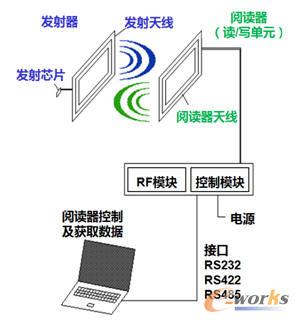
![]()
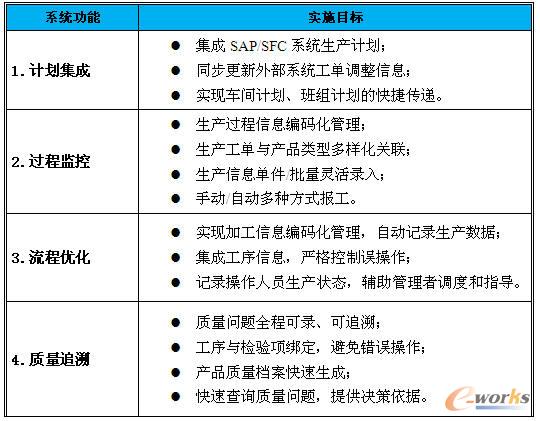
![]()
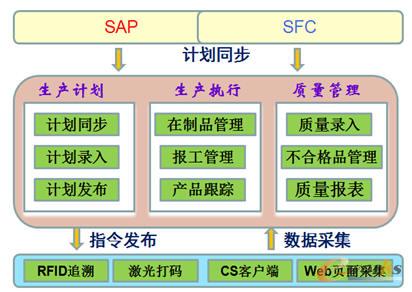
![]()

![]()

![]()
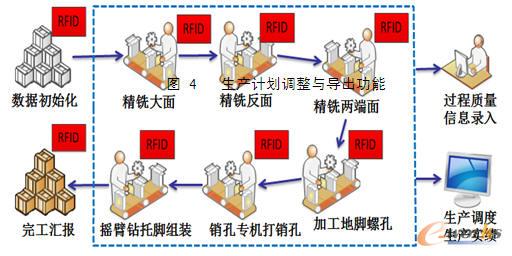
![]()
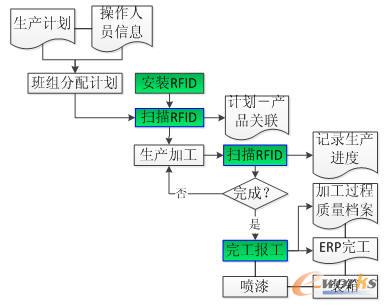
![]()
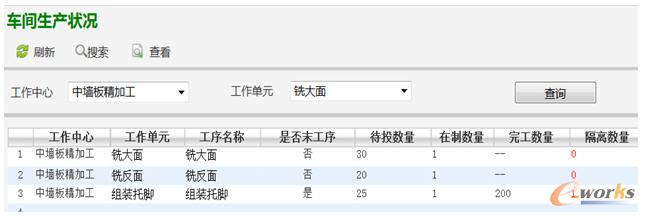
![]()